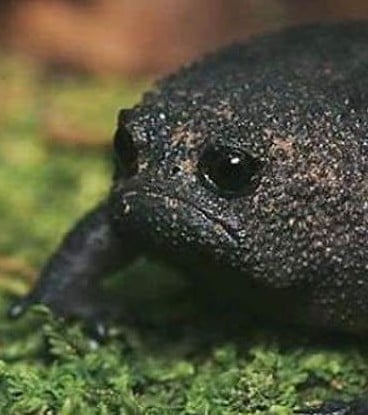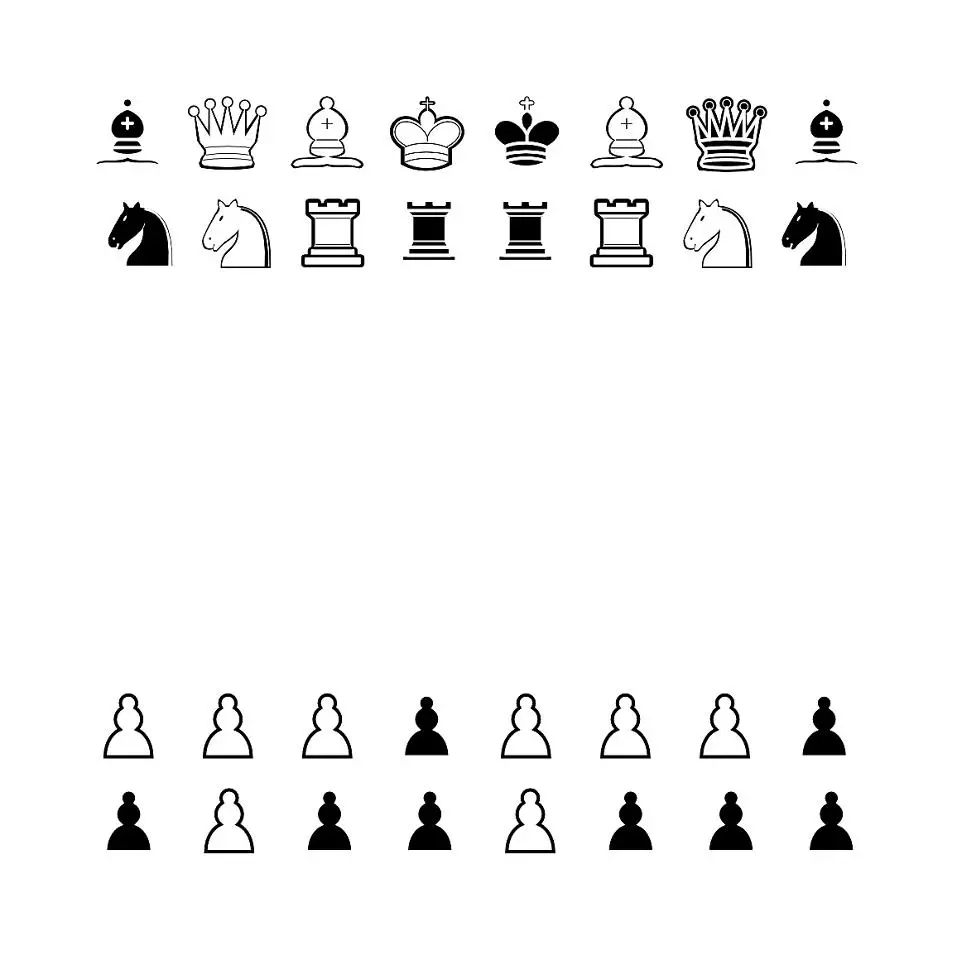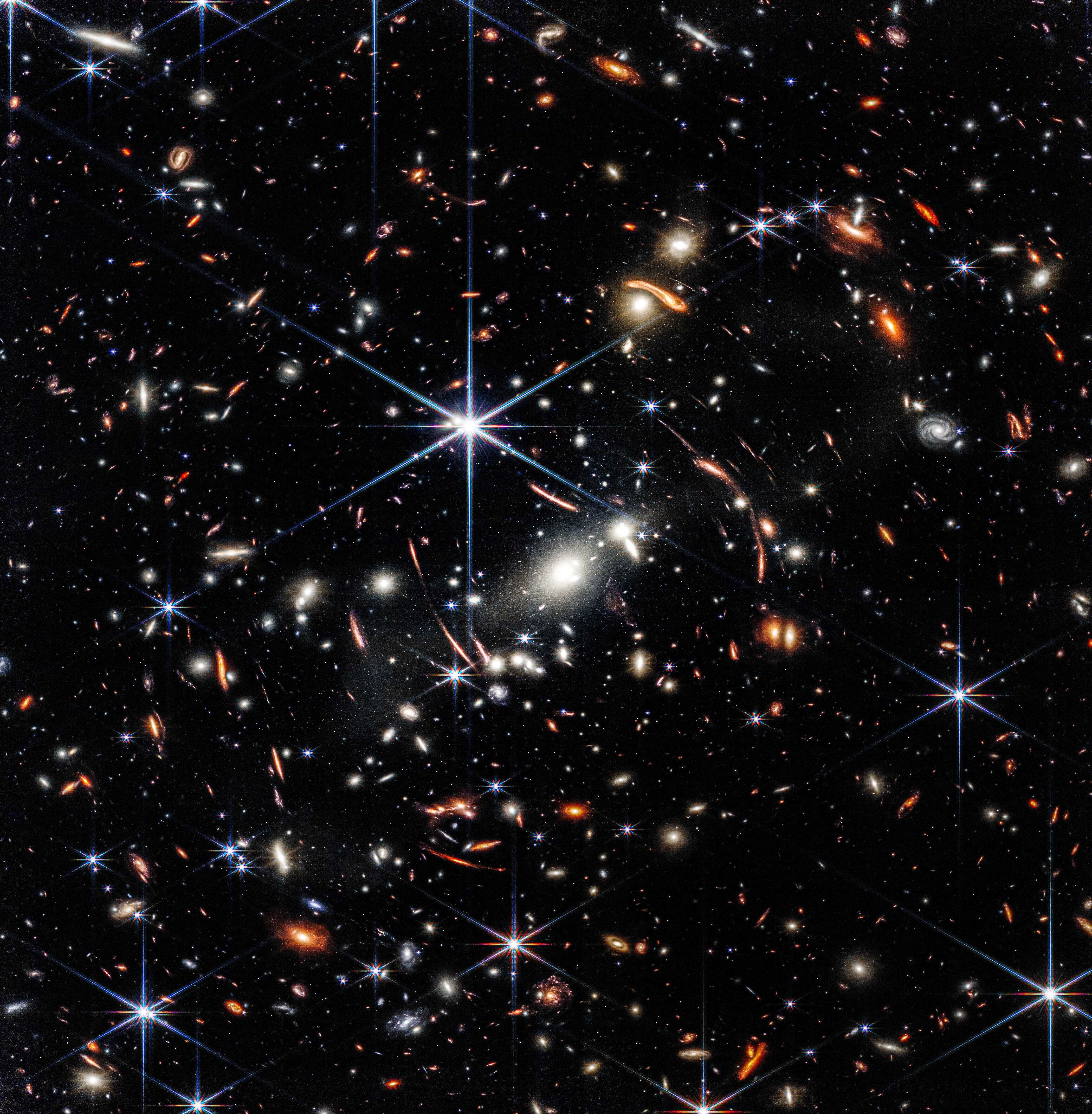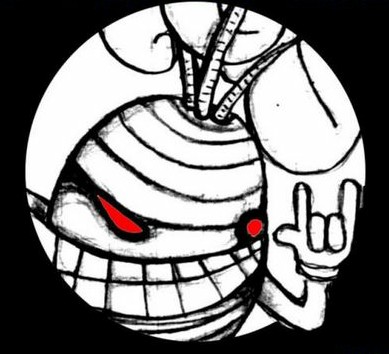Bourtange, Netherlands
Located in northeast Netherlands, near the German border, Fort Bourtange was built in 1593 as a military fortification to guard the only road connecting Germany and the city of Groningen. Converted into a village in 1851, it retains its iconic pentagonal shape and geometric street pattern. Today, the entire site serves as a museum, preserving its historical and architectural significance.Palmanova, Italy
Palmanova, which lies in the Friuli-Venezia Giulia region in northeast Italy, is listed as a UNESCO World Heritage site. Built by the Venetians to defend the Republic’s northeast border, it is a quintessential example of a Renaissance star fortress and is one of the largest and best preserved geometric towns. Palmanova’s radial design extends from a central hexagonal square, the ‘Piazza del Duomo’, with concentric rings crossed by straight avenues. This internal area is surrounded by a star-shaped double perimeter of fortifications.Almeida, Portugal
Situated on a high plain in northeast Portugal, close to the Spanish border, lies the fortress of Almeida. It played a crucial role in defending Portugal’s border during its early years of independence. As seen in the image, its old town is surrounded by striking star-shaped ramparts.Neuf-Brisach, France
Located in the Alsace region of France near the German border, Neuf-Brisach was built in 1697 on the French side of the Rhine, after the loss of Breisach on the opposite bank. The town’s name ‘Neuf’, meaning new in French, reflects its origins. Designed for both civilian and military use, Neuf-Brisach has a central octagonal layout with streets arranged in a square grid. It is part of the UNESCO listed network of fortifications created by Louis XIV’s famed engineer, Sébastien Le Prestre de Vauban.
https://www.esa.int/ESA_Multimedia/Images/2024/12/Earth_from_Space_Star_cities
More info: https://en.wikipedia.org/wiki/Bastion_fort
Much more defensible during a zombie apocalypse. While the zombies probably wouldn’t be bringing 17th century cannons to bear against your walls, you’d still get superior firing angles for your defenders.
You’d need more points on the star in order to match the maximum thrown distance of an LP.
These baboons couldn’t possibly have built these structures. They must have been assisted by aliens.
No no, you see the difference here is these were the white baboons
The green and red hues evoke a Christmas vibe, achieved through different band combinations during image processing to generate true-colour (green) and false-colour (red) visuals.
Does anyone have more insight as to what the red colored band is measuring? The patterning is quite interesting, but the description in the article lacks specifics.
Edit: I think it’s likely infrared or near infrared, but without information about which sattelite those images come from, I can’t be certain.
Yeah, your edit pretty much nails it. The majority of optical imaging satellites use near-infrared in addition to the classic red green & blue channels (& a wider one called panchromatic). Near-infrared is extremely good at seeing plants and vegetation, so the bright red parts will typically be densely vegetated areas like fields and forests.
Looks like these particular images come from GEOSAT and Airbus (I’m guessing one of the Pleiades satellites)
Maybe just to see through clouds? The red patches of th Neuf-Brisach one in particular look very plausibly cloud-shaped
Zwolle

un “fort” is not a “city”, neither a town. There are towns with forts as centers, but even they don’t call these fortresses “towns”
They haven’t been fortresses in centuries. They are currently towns or cities depending on your definitions of the words.
un “fort” is not a “city”, neither a town. There are towns with ex-forts as centers, but even they don’t call these ex-fortresses “towns”
better?
Communes vary widely in size and area, from large sprawling cities with millions of inhabitants like Paris, to small hamlets with only a handful of inhabitants. Communes typically are based on pre-existing villages and facilitate local governance. All communes have names, but not all named geographic areas or groups of people residing together are communes (“lieu dit” or “bourg”), the difference residing in the lack of administrative powers.
A town is a type of a human settlement. Towns are generally larger than villages and smaller than cities, though the criteria to distinguish between them vary considerably in different parts of the world.
A village is a human settlement or community, larger than a hamlet but smaller than a town
village sounds more appropriate for these settlements?
Town is commonly used to refer to small cities, villages, hamlets or communities in American English.
luckily, i’m on sh.itjust.works and not in u.s. :)
thanks for the info
Why is village more appropriate based on the definition ‘towns are larger than villages but smaller than cities and the criteria to distinguish them varies?’
And why is the precise word the important thing to you here?
the title says “european cities”, it’s misleading, confusing, not true
Do you think anyone here saw those pictures and thought they were metropolises the size of Paris or do you think maybe you’re making way too big a deal out of this?
In some cultures, there is a much bigger emphasis on the exact classification of a settlement. It is part of the identity of the settlement and the people who live there.
In other places, everything is a city.
The French guy might come from a place like me where people take offense if you call their commune a village, and everyone knows and agrees that a particular place is a small town, a large town, a small city or a large city.
One of my wife’s more distant relatives called the place my parents live in, a small town, a village. It’s still something everyone remembers, even though it was more of a gaffe, less of an insult.
i’m making a small deal out of this
The top left and bottom right look like locations in video games that have been corrupted by some evil shit, with all that red. That’s not what they actually look like is it?
They used infra red satellite pictures for since reason
Nicosia, the capital of Cyprus, was also a star shaped fortress, but nowadays the shape is barely visible. https://en.m.wikipedia.org/wiki/Nicosia
Funny that it was a fort and it’s now a city divided by two opposing nations.
The town’s name ‘Neuf’, meaning new in French
I’m fairly sure neuf means “nine”, and nouveau {or nouvelle, depending) means new.
Edit: I was apparently also fairly wrong about this. Learned something today!
“Neuf” is both “nine” and “new”. The two forms of “new” - neuf/neuve and nouveau/nouvelle - descend from different declensions in Latin. We have an echo of this in English too with new and novel
Neuf can mean new in the sense of a product or thing, like a new car/oven: une voiture neuve, un four neuf.
verify when you’re “fairly sure”, it’s easier when you’re online!
funny thing is “pont neuf” is the oldest bridge in Paris
I know where this is going. I’ve watched Fullmetal alchemist.
‘Neuf’, meaning new in French
Umm… I’m pretty sure that “neuf” means “nine”. “New” in french is “nouveau”.
Doesn’t really make sense, but… yeah.
Edit: I’ve been informed that “neuf” means both “nine” and “new”.
Neuf is both. Neuf/nouveau in French is like new/novel in English
TIL
As a fan of neufchatel cheese - whew!
You would think the ESA would know better. They launch from French Guyana.
Apparently, I am the one with egg on their face. “Neuf” is supposedly both.
It is. Nouveau and neuf are mostly synonyms. You’d get a bit more “neuf” for the state of an item (like “brand new” vs used) and nouveau is used for both a new hat you got or more abstract stuff (like New Year).
Neuf is in quite a few place names, like Chateauneuf or Villeneuve.
These names age terribly, of course.
Love me a good star fort
Is the upper right Palmanova, Italy?
This is how I build in Rimworld.









